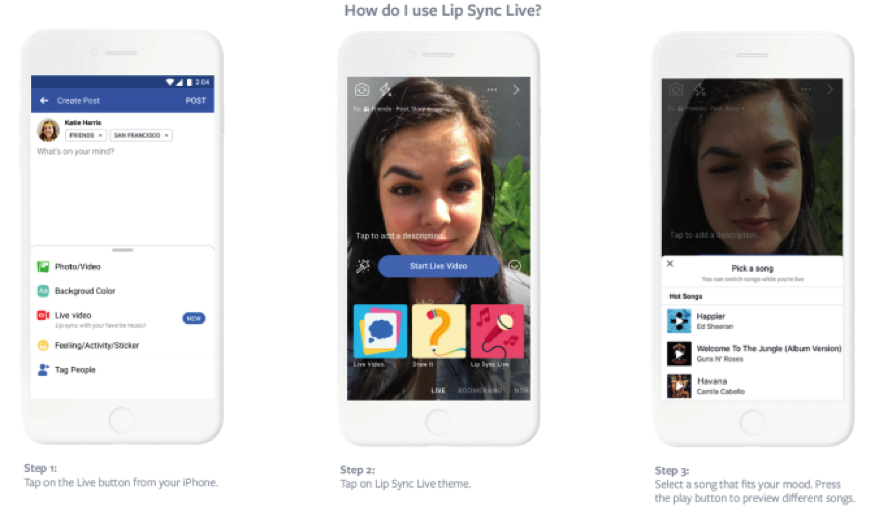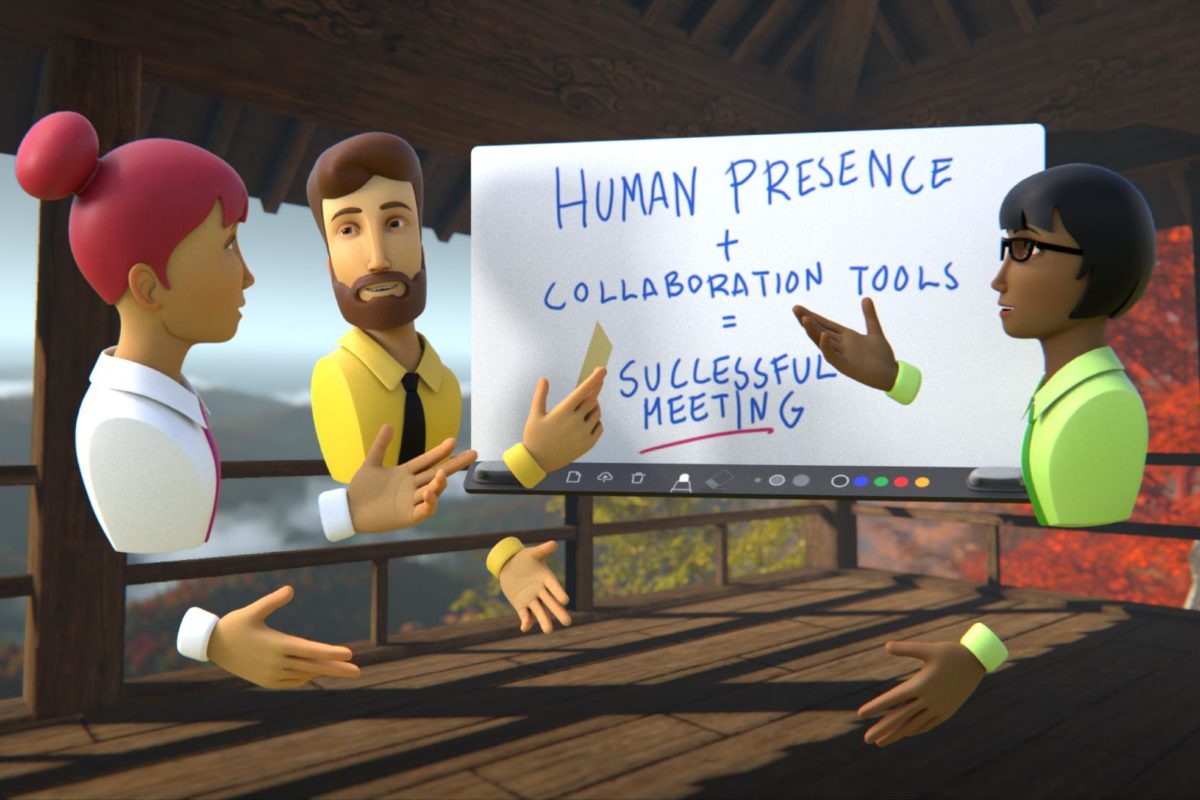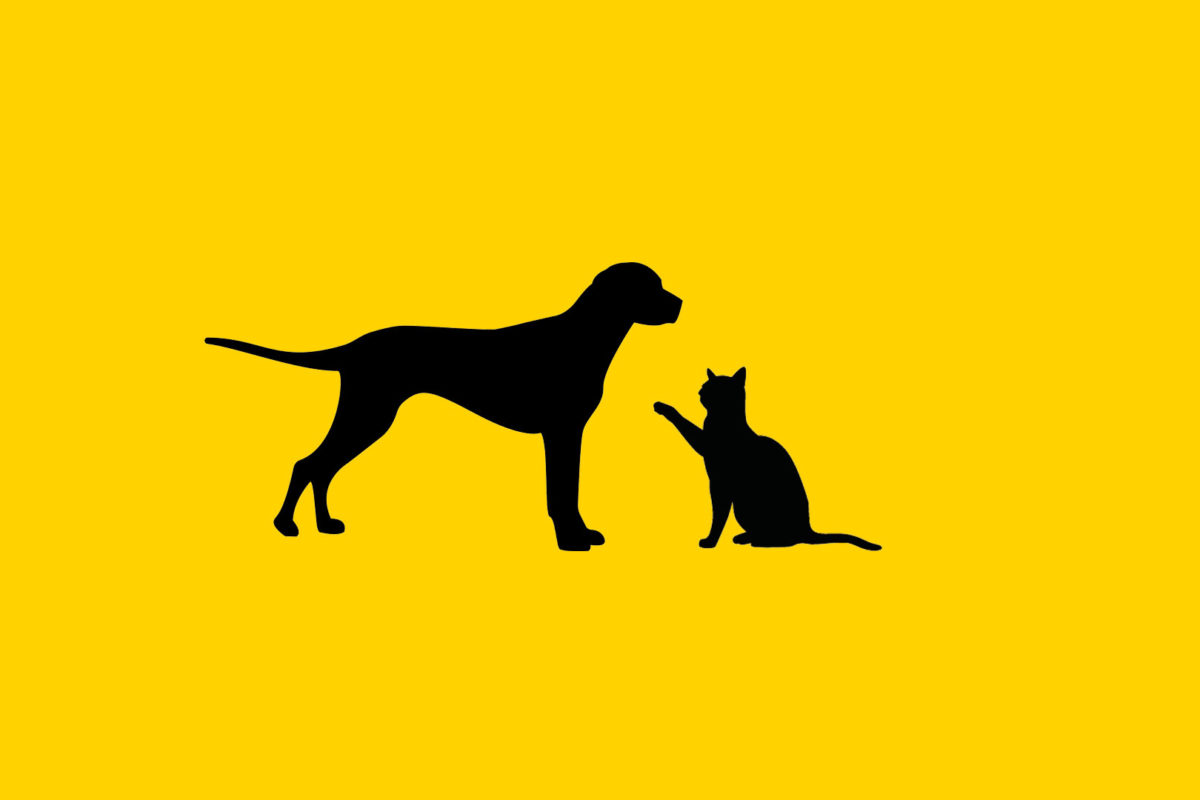Teenagers aren’t into Facebook; this is basically a given now. The survey “Teens, social media and technology 2018” described the trend that’s been on the rise since 2015. Even with all Facebook’s efforts and the new features it’s introduced – often bordering on plagiarism, like Stories from Snapchat and now Lip Sync, a mutation from Musical.ly – the trend looks unstoppable. But the reason might be much simpler than you think: the design and the platform are starting to show their age, looking overly complex and obsolete. 2015 was the year the flight from Facebook began – or rather, it was when the generational shift failed to happen. At that poing the popularity of the social network among teenagers was still 71%. Today, just 3 years later, this has dropped to 51%. Not only Instagram and Snapchat have surpassed it in popularity, but YouTube too, which seems to have suddenly come back in vogue for the younger generations.
Mobile Native Generation
So who are the teenagers of 2018 and how do they use digital tools? The first thing to note is one important change compared to the past: This is the first generation of “totally mobile native” consumers. This means:
- Always on, with data plans and social dynamics to match
- The first generation that can access complex and innovative services even with modest hardware: second rate smartphones that can even fit their limited budgets
- A target market with simple UI because they favor quick and instant interactions with tools available to smartphones
These 3 aspects seem pretty trivial, but they’re actually polar opposites to the dynamics of facebook, which by definition are:
- Complex
- Developed and designed with UI for laptops
- Large consumer of data…so less suitable for ‘always on’
Musical.ly and YouTube, a brand’s age doesn’t matter

To understand the difference between facebook and more teen-oriented products, it’s interesting to analyze two of the products that teenagers really like – Musical.ly and YouTube. They’re both very different from in terms of when they were launched and way people interact with them. Musical.ly is a social network developed and launched in 2014 for teenagers. It lets them make short videos (about 15 seconds), synchronized with copyright protected music. YouTube was created in 2005 when social networks weren’t even a thing yet and it was a video sharing system that revolutionized multimedia content streaming.
So ehat do two such different brands have in common that makes them so popular for teenagers? First of all, they’re visual, and they let you share a perfect blend of licensed and user generated content, using apps and native technology. It was the move toward native, all the energy Google invested, the material design and the intuitive features, that successfully revived YouTube after a few years of crisis.
Lip Sync is Facebook’s answer, but is it enough?
What is Lip Sync? It’s a feature that lets you make a video in playback on copyright protected music, and your goal is a achieve the perfect sync. So Lip-sync is very similar to Musical.ly, with the main difference being that on Facebook it only works in streaming for a Live video. It’s a choice that may simply be a temporary test before introducing it as a standalone feature, even during non-live moments. It’s definitely an attempt to attract the many “Musers” or Muscial.ly users who are experts in video playback – who are almost all teenagers.
Is it enough? Maybe not, mostly because Facebook is complex. Teenagers love to access Musical.ly for their Muser Battles instantly and without limits. And it’s also because Musical.ly is a sort of refuge for teens, far away from older brothers and parents – who are all on Facebook- ready to judge Generation Z’s new ways of using social media.
Leo Mauriello
I'm characterized by a great curiosity, that drives me to achieve important goals and new challenges. I'm a web and digital marketer mainly focused on digital strategy and social advertising with design, programming and digital analyst skills.



